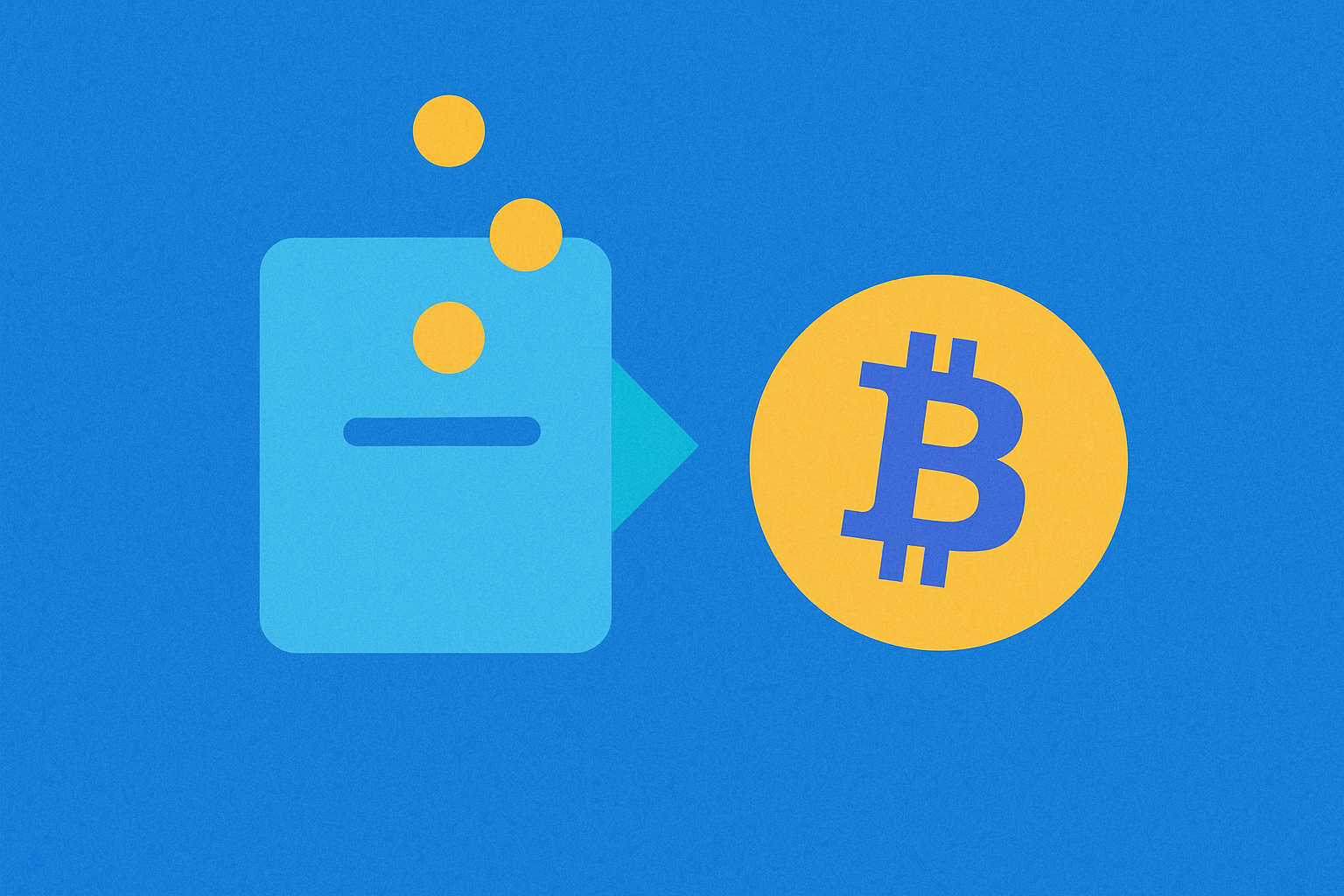money printer go brrr

"Money printer go brrr" is a satirical expression popular within the cryptocurrency community that originated during the COVID-19 pandemic in 2020 when the Federal Reserve implemented massive quantitative easing policies. The term vividly describes central banks' actions of unlimited money creation to address economic crises, implying this practice may lead to inflation and currency devaluation. For cryptocurrency advocates, this phenomenon exemplifies the value proposition of decentralized assets like Bitcoin—they have fixed or predictable issuance schedules not subject to arbitrary expansion by central authorities.
Key Features of Money Printer Go Brrr
Market Hype:
- As an internet meme, "money printer go brrr" went viral in March 2020 following the Fed's announcement of unlimited quantitative easing
- The expression was transformed into various images, videos, and GIFs that spread widely across Twitter, Reddit, and other social media platforms
- The cryptocurrency community adopted it as a powerful tool to critique fiat currency systems and promote Bitcoin and other hard money assets
Volatility:
- The "money printer go brrr" phenomenon typically raises concerns about inflation
- These concerns drive investors toward safe-haven assets, including gold and cryptocurrencies
- Historically, periods of massive monetary expansion are often followed by significant asset price volatility
Technical Details:
- Quantitative easing (QE) implementation typically involves central banks purchasing government bonds and other financial assets
- This process increases reserves in the banking system, theoretically expanding money supply and stimulating lending
- In contrast, cryptocurrencies like Bitcoin have algorithmically controlled issuance schedules, such as Bitcoin's halving every four years
Use Cases:
- As an educational tool that helps ordinary people understand the relationship between monetary policy and inflation
- Provides an intuitive value proposition for cryptocurrencies—resistance to inflation
- Encourages investors to reconsider the nature of money and its store of value function
Market Impact of Money Printer Go Brrr
"Money printer go brrr" is not just an internet meme but represents an economic phenomenon with profound effects on global financial markets. Central bank large-scale monetary expansion policies directly impact asset valuations, driving up prices of stocks, real estate, and commodities. For the cryptocurrency market, this phenomenon provides powerful narrative support, positioning Bitcoin and similar assets as inflation-resistant hard assets. Many institutional investors, such as MicroStrategy and Square, have added Bitcoin to their balance sheets partly due to concerns about fiat currency devaluation resulting from unlimited money printing.
Simultaneously, this phenomenon has accelerated reflection on the traditional financial system. As central bank balance sheets continue to expand worldwide, questions about the sustainability of monetary policy grow. The concept of unlimited money printing reveals the nature of money creation to the public, leading more people to focus on issues of transparency and accountability in monetary policy decision-making processes.
Risks and Challenges of Money Printer Go Brrr
Despite the popularity of "money printer go brrr" as a meme, the economic phenomenon behind it presents numerous risks and challenges:
- Inflation risk: Excessive expansion of money supply may lead to serious inflation, eroding savings value and distorting economic incentives
- Asset bubbles: Loose monetary environments can cause asset prices to disconnect from fundamentals, creating bubbles
- Wealth inequality: Quantitative easing policies often boost financial asset prices, benefiting those who already own such assets
- Currency trust crisis: Continuous unrestricted monetary expansion may damage public confidence in the fiat currency system
- Oversimplification: The "money printer go brrr" meme often oversimplifies complex economic policies, ignoring technical details and short-term necessity of quantitative easing
For cryptocurrency holders, over-reliance on this narrative also carries risks. While Bitcoin and other cryptocurrencies have anti-inflationary characteristics, their price volatility far exceeds inflation rates, and they face regulatory uncertainties and technical risks.
The popularity of the unlimited money printing concept reflects public concerns about the transparency and sustainability of monetary policy, but should not be seen as a substitute for economic analysis. Rational investors need to comprehensively understand monetary policy tools and their applicability under different economic conditions, rather than relying solely on simplified memes for investment decisions.
The "money printer go brrr" phenomenon reveals the core characteristics and challenges of modern monetary systems. In the fiat currency era, control over money supply is concentrated in central banks, which is both an important tool for addressing economic crises and a potential source of long-term risk. The popularity of this concept has prompted more people to think about fundamental economic issues such as the nature of money, store of value, and inflation, providing an important intellectual foundation for cryptocurrencies and decentralized financial systems.
From a broader perspective, "money printer go brrr" represents the intersection of technology and finance, how internet meme culture influences serious economic discussions, and how the public understands complex financial policies. Whether supporting or opposing cryptocurrencies, this phenomenon encourages everyone to reassess the long-term impact of monetary policy and the fundamental questions of how money should function and who should control it in the digital age.
Share
Related Articles

Top 10 Meme Coin Trading Platforms

Reflections on Ethereum Governance Following the 3074 Saga
